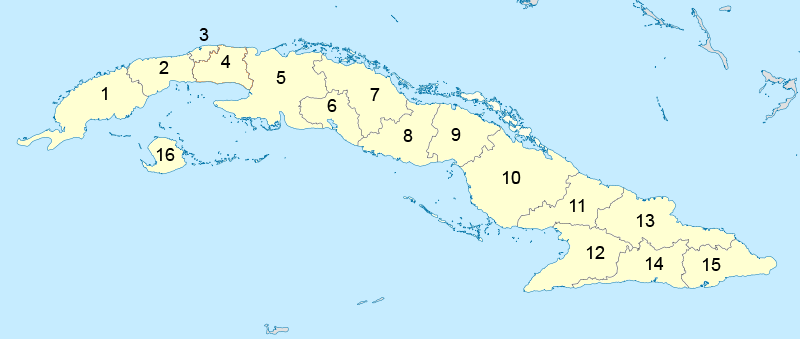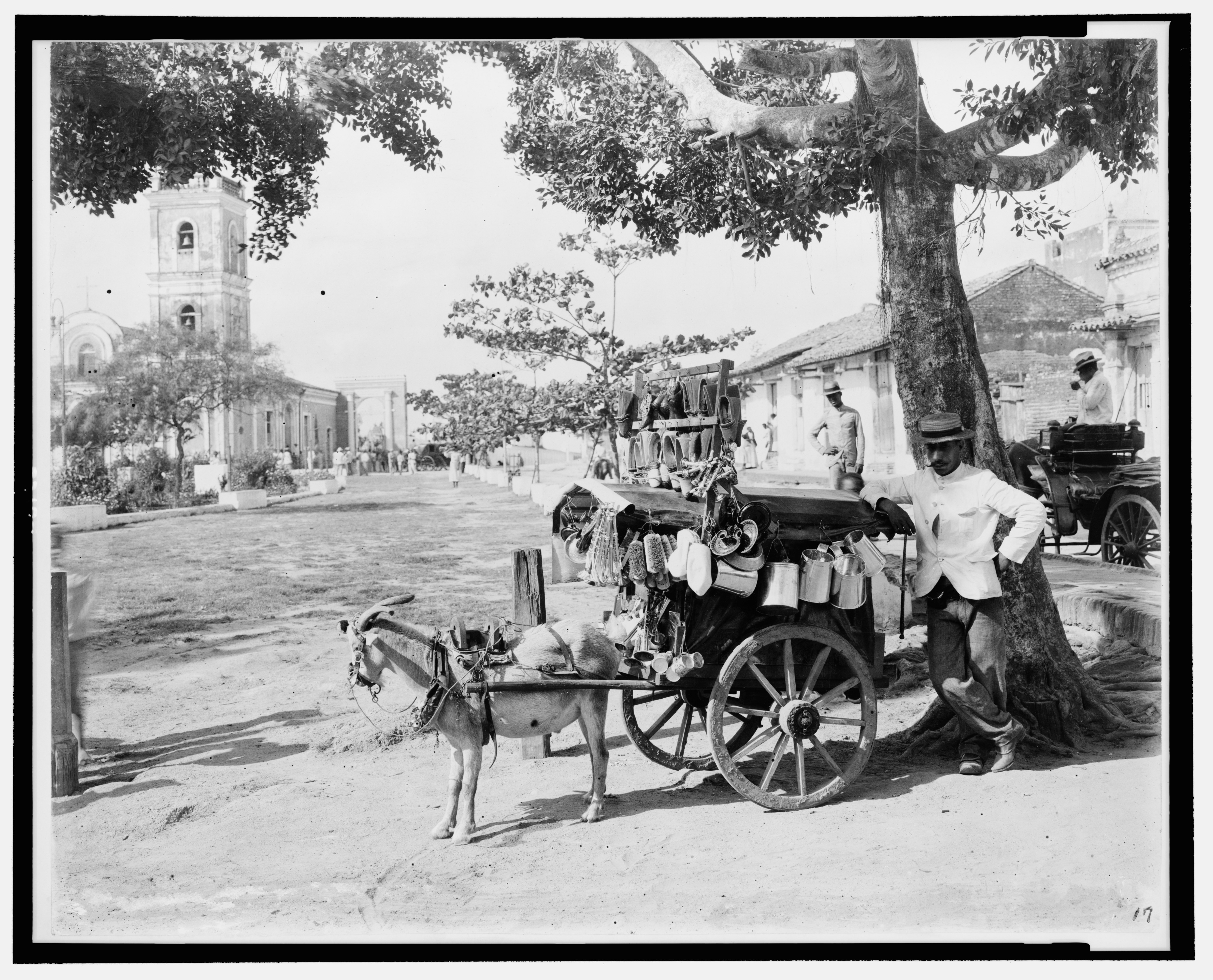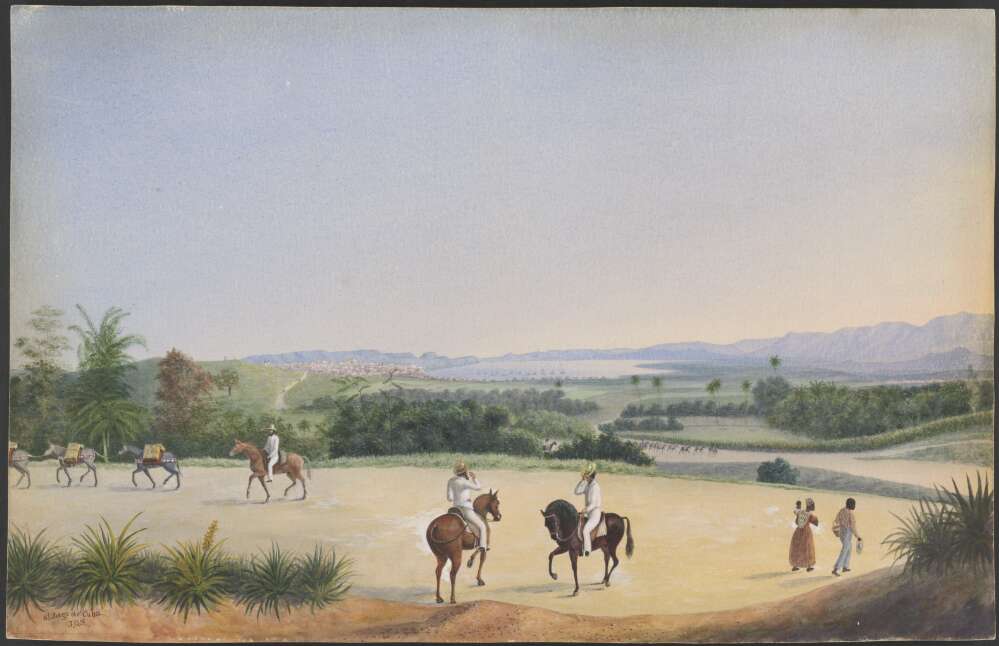|
Guayacanes
Guayacanes is a village in the municipality of Majagua, Ciego de Ávila Province, Cuba. Overview The village, originally part of the municipality of Ciego de Ávila, is located between the city and Majagua. It counts a railway station on the Havana- Santa Clara-Camagüey-Santiago line and is located just in south of the Carretera Central. References External links on Google Maps
Google Maps is a web mapping platform and consumer application offered by Google. It ...
[...More Info...] [...Related Items...] OR: [Wikipedia] [Google] [Baidu] |
Majagua, Cuba
Majagua () is a municipality and town in the Ciego de Ávila Province of Cuba. It is located in the eastern part of the province, and is bisected by the Carretera Central highway. Geography In addition to the main town, the municipality includes the villages of Guayacanes, Jicotea, Las Coloradas, and La Calera. Demographics In 2004, the municipality of Majagua had a population of 26,617. With a total area of , it has a population density of . See also *Majagua Municipal Museum *Municipalities of Cuba *List of cities in Cuba This is a list of cities in Cuba with at least 20,000 inhabitants, listed in descending order. Population data refers to city proper and not to the whole municipality, because they include large rural areas with several villages. All figu ... References External links Populated places in Ciego de Ávila Province {{Cuba-geo-stub ... [...More Info...] [...Related Items...] OR: [Wikipedia] [Google] [Baidu] |
Carretera Central (Cuba)
The ''Carretera Central'' (CC), meaning "Central Road", is a west-east highway spanning the length of the island of Cuba. History Formal construction began in 1927 during the Gerardo Machado administration. It runs along the island of Cuba from west to east, between Pinar del Río and Oriente. It is a two-way single road. It represented an extraordinary economic value during Machado and Fulgencio Batista's administrations. It facilitated faster transportation and effective inter-province commuting. Route Description The ''Carretera Central'' starts in the village of La Fe, a hamlet of Sandino, in the western province of Pinar del Río, and links all major cities and province capitals except Cienfuegos.Source: ''Mapa de Carreteras de Cuba'' (Road map of Cuba). Ediciones GEO, Havana 2011 - It runs about to Baracoa in the eastern Guantánamo province. Table The table below shows the route of the Carretera Central. Note: Provincial seats are shown in bold; the names shown under ... [...More Info...] [...Related Items...] OR: [Wikipedia] [Google] [Baidu] |
Cuba
Cuba ( , ), officially the Republic of Cuba ( es, República de Cuba, links=no ), is an island country comprising the island of Cuba, as well as Isla de la Juventud and several minor archipelagos. Cuba is located where the northern Caribbean Sea, Gulf of Mexico, and Atlantic Ocean meet. Cuba is located east of the Yucatán Peninsula (Mexico), south of both the American state of Florida and the Bahamas, west of Hispaniola ( Haiti/Dominican Republic), and north of both Jamaica and the Cayman Islands. Havana is the largest city and capital; other major cities include Santiago de Cuba and Camagüey. The official area of the Republic of Cuba is (without the territorial waters) but a total of 350,730 km² (135,418 sq mi) including the exclusive economic zone. Cuba is the second-most populous country in the Caribbean after Haiti, with over 11 million inhabitants. The territory that is now Cuba was inhabited by the Ciboney people from the 4th millennium BC with the Gua ... [...More Info...] [...Related Items...] OR: [Wikipedia] [Google] [Baidu] |
Provinces Of Cuba
Administratively, Cuba is divided into 15 provinces and one special municipality (the Isla de la Juventud). The last modification was approved in August 2010 (by the Cuban National Assembly), splitting Havana province into two new provinces: Artemisa (which incorporates the three eastern municipalities of the neighbour Pinar del Río) and Mayabeque. The new provinces started functioning from January 1, 2011. Havana City Province ( Ciudad de La Habana) recovered its original name: La Habana (Havana in English). List of provinces From west to east, Cuba's provinces are: # Pinar del Río # Artemisa # La Habana # Mayabeque # Matanzas # Cienfuegos # Villa Clara # Sancti Spíritus # Ciego de Ávila # Camagüey # Las Tunas # Granma # Holguín # Santiago de Cuba # Guantánamo # Isla de la Juventud ("special municipality") History The provinces were created in 1879 by the Spanish colonial government. From 1879 to 1976, Cuba was divided into 6 provinces, which maintained ... [...More Info...] [...Related Items...] OR: [Wikipedia] [Google] [Baidu] |
Ciego De Ávila Province
Ciego de Ávila () is one of the provinces of Cuba, and was previously part of Camagüey Province. Its capital is Ciego de Ávila, which lies on the Carretera Central (central highway), and the second city is Morón, further north. The province was separated from Camagüey Province in 1975 by the government. Geography Off the north coast of the province, some (cays) of the Jardines del Rey archipelago are being developed as tourist resorts, principally Cayo Coco and Cayo Guillermo. The south coast is characterised by mangroves. Between Morón and the north coast are several lakes, including the Laguna de Leche (the ''Lagoon of Milk'', so called for its white appearance because of large lime deposits underwater) which is the largest natural lake in Cuba. Economy Central Ciego de Ávila is used for cattle ranching, elsewhere in the province sugar, pineapples and citrus fruit ''Citrus'' is a genus of flowering trees and shrubs in the rue family, Rutaceae. Plants in the gen ... [...More Info...] [...Related Items...] OR: [Wikipedia] [Google] [Baidu] |
Municipalities Of Cuba
The Provinces of Cuba, provinces of Cuba are divided into 168 municipality, municipalities or ''municipios''. They were defined by Cuban Law Number 1304 of July 3, 1976Fifth United Nations Conference on the Standardization of Geographical Names, Vol. II, published by the United Nations, New York, 1991 and reformed in 2010 with the abrogation of the municipality of Varadero and the creation of two new provinces: Artemisa Province, Artemisa and Mayabeque Province, Mayabeque in place of former La Habana Province. Summary The municipalities are listed below, by province: List of municipalities Municipal maps The maps below show the municipal subdivision of each province, in yellow, within Cuba. Each provincial capital is shown in red. Artemisa (Cuban municipal map).png, Artemisa Province, Artemisa Camagüey (Cuban municipal map).png, Camagüey Province, Camagüey Ciego de Ávila (Cuban municipal map).png, Ciego de Ávila Province, Ciego de Ávila Cienfuegos (Cuban municipal map). ... [...More Info...] [...Related Items...] OR: [Wikipedia] [Google] [Baidu] |
Eastern Time Zone
The Eastern Time Zone (ET) is a time zone encompassing part or all of 23 states in the eastern part of the United States, parts of eastern Canada, the state of Quintana Roo in Mexico, Panama, Colombia, mainland Ecuador, Peru, and a small portion of westernmost Brazil in South America, along with certain Caribbean and Atlantic islands. Places that use: * Eastern Standard Time (EST), when observing standard time (autumn/winter), are five hours behind Coordinated Universal Time ( UTC−05:00). * Eastern Daylight Time (EDT), when observing daylight saving time (spring/summer), are four hours behind Coordinated Universal Time ( UTC−04:00). On the second Sunday in March, at 2:00 a.m. EST, clocks are advanced to 3:00 a.m. EDT leaving a one-hour "gap". On the first Sunday in November, at 2:00 a.m. EDT, clocks are moved back to 1:00 a.m. EST, thus "duplicating" one hour. Southern parts of the zone (Panama and the Caribbean) do not observe daylight saving time ... [...More Info...] [...Related Items...] OR: [Wikipedia] [Google] [Baidu] |
Ciego De Ávila
Ciego de Ávila City () is a city in the central part of Cuba and the capital of Ciego de Ávila Province. The city has a population of about 497.000, in a municipality of 756,373. Geography Ciego de Ávila lies on the Carretera Central highway and on a major railroad. Its port, Júcaro, lies south-southwest on the coast of the Gulf of Ana Maria of the Caribbean Sea, in the adjacent municipality of Venezuela. The city is located about east of Havana and west of the city of Camagüey. It was part of the Camagüey Province until 1976, when Fidel Castro's government made Ciego de Ávila the capital of the newly created Ciego de Ávila Province. By 1945, the municipality was divided into the barrios of Angel Castillo, Ceballos, Guanales, Jagüeyal, Jicotea, José Miguel Gómez, Júcaro, La Ceiba, Majagua, Norte, San Nicolás and Sur. After the new political and administrative division of Cuba in 1976, it was divided into four municipalities ( Majagua, Ciego de Ávila, Baragu ... [...More Info...] [...Related Items...] OR: [Wikipedia] [Google] [Baidu] |
Havana
Havana (; Spanish: ''La Habana'' ) is the capital and largest city of Cuba. The heart of the La Habana Province, Havana is the country's main port and commercial center.Cuba ''''. . The city has a population of 2.3million inhabitants, and it spans a total of – making it the largest city by area, the most populous city, and the [...More Info...] [...Related Items...] OR: [Wikipedia] [Google] [Baidu] |
Santa Clara, Cuba
Santa Clara is the capital city of the Cuban province of Villa Clara Province, Villa Clara. It is centrally located in the province and Cuba. Santa Clara is the List of cities in Cuba, fifth-most populous Cuban city, with a population of nearly 250,000. History Santa Clara was founded by 175 people on July 15, 1689. 138 of them represented two large families already living in the area, who owned land next to the new city. The other 37 came from seven other families and included a priest and governor, all originating in the coastal city of San Juan de los Remedios. The population of Remedios, Cuba, Remedios had to choose between leaving their city, constantly being besieged by pirates, or staying. While most decided to stay, 37 people traveled south to the interior. On June 1, 1689, they arrived at a hill, joining two other families already present at the site. According to tradition, a mass was celebrated under a tamarind tree and Santa Clara was founded. Since then, the pla ... [...More Info...] [...Related Items...] OR: [Wikipedia] [Google] [Baidu] |
Camagüey
Camagüey () is a city and municipality in central Cuba and is the nation's third-largest city with more than 321,000 inhabitants. It is the capital of the Camagüey Province. It was founded as Santa María del Puerto del Príncipe in 1514, by Spanish colonists on the northern coast and moved inland in 1528, to the site of a Taino village named Camagüey. It was one of the seven original settlements (''villas'') founded in Cuba by the Spanish. After Henry Morgan burned the city in the 17th century, it was redesigned like a maze so attackers would find it hard to move around inside the city. The symbol of the city of Camagüey is the clayen pot or ''tinajón'', used to capture rain water and keep it fresh. Camagüey is also the birthplace of Ignacio Agramonte (1841), an important figure of the Ten Years' War against Spain. A monument by Italian sculptor Salvatore Buemi, erected in the center of the area to Ignacio Agramonte, was unveiled by his wife in 1912. It is composed of a ... [...More Info...] [...Related Items...] OR: [Wikipedia] [Google] [Baidu] |
Santiago De Cuba
Santiago de Cuba is the second-largest city in Cuba and the capital city of Santiago de Cuba Province. It lies in the southeastern area of the island, some southeast of the Cuban capital of Havana. The municipality extends over , and contains the communities of Antonio Maceo, Bravo, Castillo Duany, Daiquirí, El Caney, El Cobre, El Cristo, Guilera, Leyte Vidal, Moncada and Siboney. Historically Santiago de Cuba was the second-most important city on the island after Havana, and remains the second-largest. It is on a bay connected to the Caribbean Sea and an important sea port. In the 2012 population census, the city of Santiago de Cuba recorded a population of 431,272 people. History Santiago de Cuba was the fifth village founded by Spanish conquistador Diego Velázquez de Cuéllar on July 25, 1515. The settlement was destroyed by fire in 1516, and was immediately rebuilt. This was the starting point of the expeditions led by Juan de Grijalba and Hernán Cortés to the ... [...More Info...] [...Related Items...] OR: [Wikipedia] [Google] [Baidu] |





